Mar 27, 2025
The Rising Bar for Identity Verification: What the SSA’s New Rules Signal for the Future of eSignatures
The SSA’s new identity rules highlight a broader trend: digital trust now demands stronger verification. This article explores what it means for the future of eSignatures—and how SecureSign helps prevent fraud with advanced identity checks and deepfake protection.

The SSA’s New Identity Proofing Requirement
In April 2025, the Social Security Administration (SSA) will roll out a stricter in-person identity proofing requirement. Individuals applying for certain benefits—especially those who are unable to access or use their personal my Social Security accounts—will now need to verify their identity in person at a local Social Security office.
This update, announced in the SSA’s official blog, is designed to close critical security gaps in the agency’s digital services and protect against rising threats such as identity fraud, impersonation, and unauthorized benefit claims.
Why This Change Matters Far Beyond the SSA
While the policy specifically applies to benefit applicants, it sends a much broader signal across both the public and private sectors: trust in digital services now hinges on identity assurance. Whether someone is applying for government benefits, opening a financial account, or signing a legally binding agreement online, it’s no longer enough to simply log in with a password or click a checkbox to confirm intent.
This news means a growing recognition that fraud has become more sophisticated, and traditional verification methods—like security questions or email codes—are no longer sufficient for high-stakes digital interactions.
In other words, what the SSA is doing today could become a blueprint for other institutions tomorrow.
What This Means for eSignatures
Electronic signatures are now a routine part of life for businesses, consumers, and institutions alike. But as we rely more on digital signing, a pressing question emerges:
How do we ensure that the person signing is actually who they say they are?
Just as the SSA is moving to tighten identity proofing, organizations that rely on eSignatures for critical agreements—from contracts and approvals to authorizations and disclosures—must re-examine whether their current signing processes are truly secure.
Common vulnerabilities include:
1. Insecure logins: If a signer’s credentials are compromised, someone else could easily sign on their behalf.
2. No identity proofing step: Most eSignature platforms stop at basic verification (like email), which offers little defense against impersonation.
3. Weak audit trails: Without detailed records, organizations struggle to prove who actually signed and under what circumstances.
In a landscape where regulators and courts increasingly expect provable signer identity, these gaps can lead to disputes, compliance risks, or worse—fraud.
The Future of eSignatures Will Be Identity-Centric
The eSignature market is shifting from speed-focused to security-first.
As identity requirements tighten across industries, eSignatures will need to evolve from a simple convenience into a fully verified, trust-driven interaction. Platforms that can’t keep up with regulatory demands—or rising expectations from partners and clients—will put businesses at risk.
This is where SecureSign steps in.
SecureSign: Designed for an Identity-First Era
SecureSign is built to solve the exact challenges today’s organizations face around signer verification and fraud prevention. While other platforms focus primarily on user experience or document management, SecureSign places identity at the center of the eSignature experience.
Key features include:
Biometric Verification
Before signing, users can complete identity checks using facial recognition or biometric prompts, ensuring the signer is a real, present individual—not a deepfake or impersonator with access to an email account.
This step helps prevent synthetic fraud and ensures true signer presense.
Tamper-Evident Audit Trails
Each signature event includes detailed logs: IP addresses, geolocation, device metadata, and timestamps. This provides indisputable proof of who signed, where, when, and how.
Compliance-Ready Architecture
If you're operating under ESIGN or UETA, SecureSign is designed to meet evolving standards for document integrity and signer identity verification.
A Future Where Trust Is Built In
The SSA’s move is just one example of a larger shift: in a digital-first world, proving identity is becoming foundational. Whether in healthcare, finance, public service, or commercial transactions, organizations are being called to protect their users and themselves—not just with policies, but with technology that leaves no room for doubt.
SecureSign is leading that charge—turning intent into verified action, and making every signature as trustworthy as it is convenient.
Ready to bring real identity assurance to your eSignature process?
Explore how SecureSign protects every signature with unmatched verification, advanced fraud detection, and audit-ready transparency.
Explore more insights




